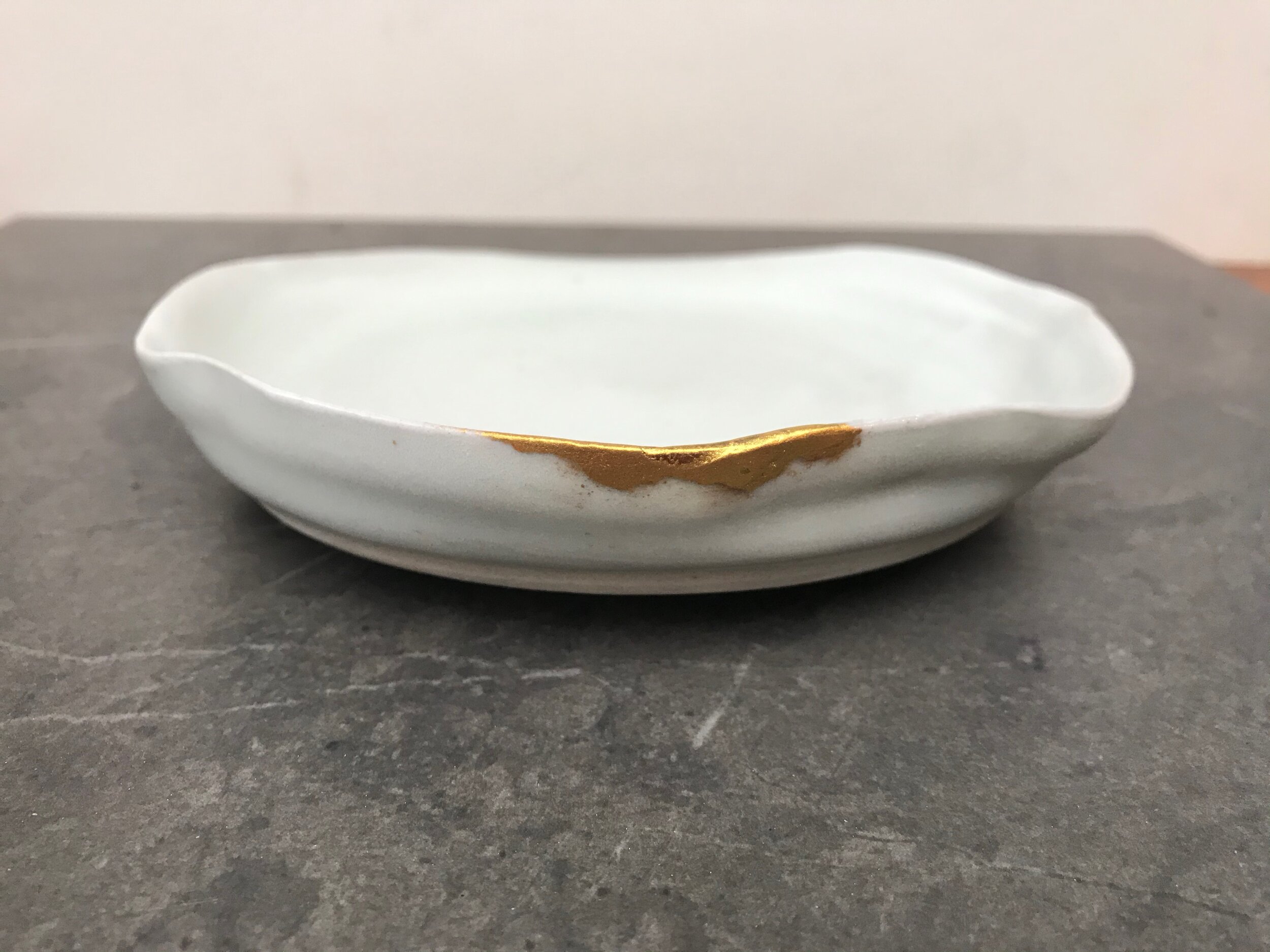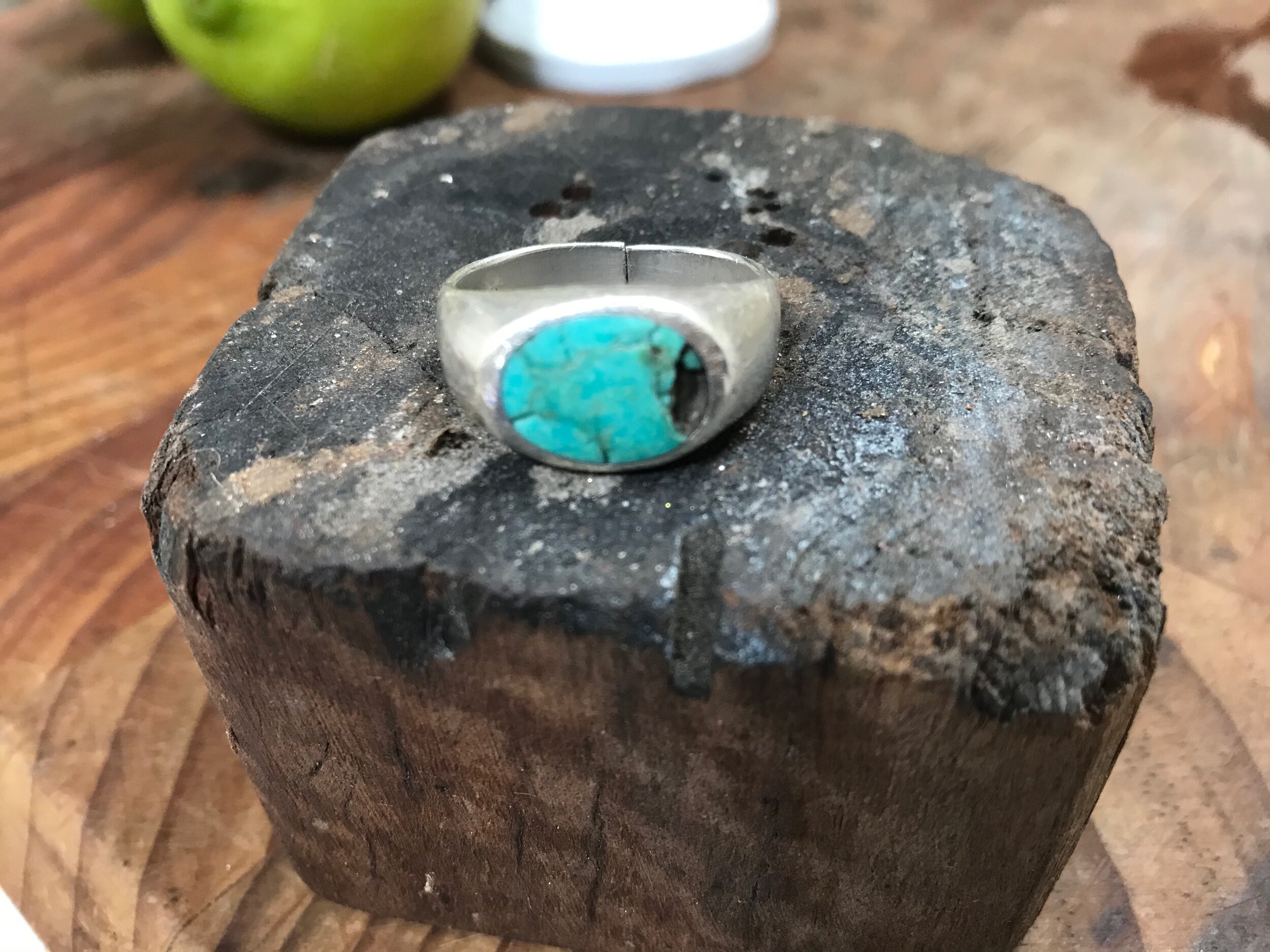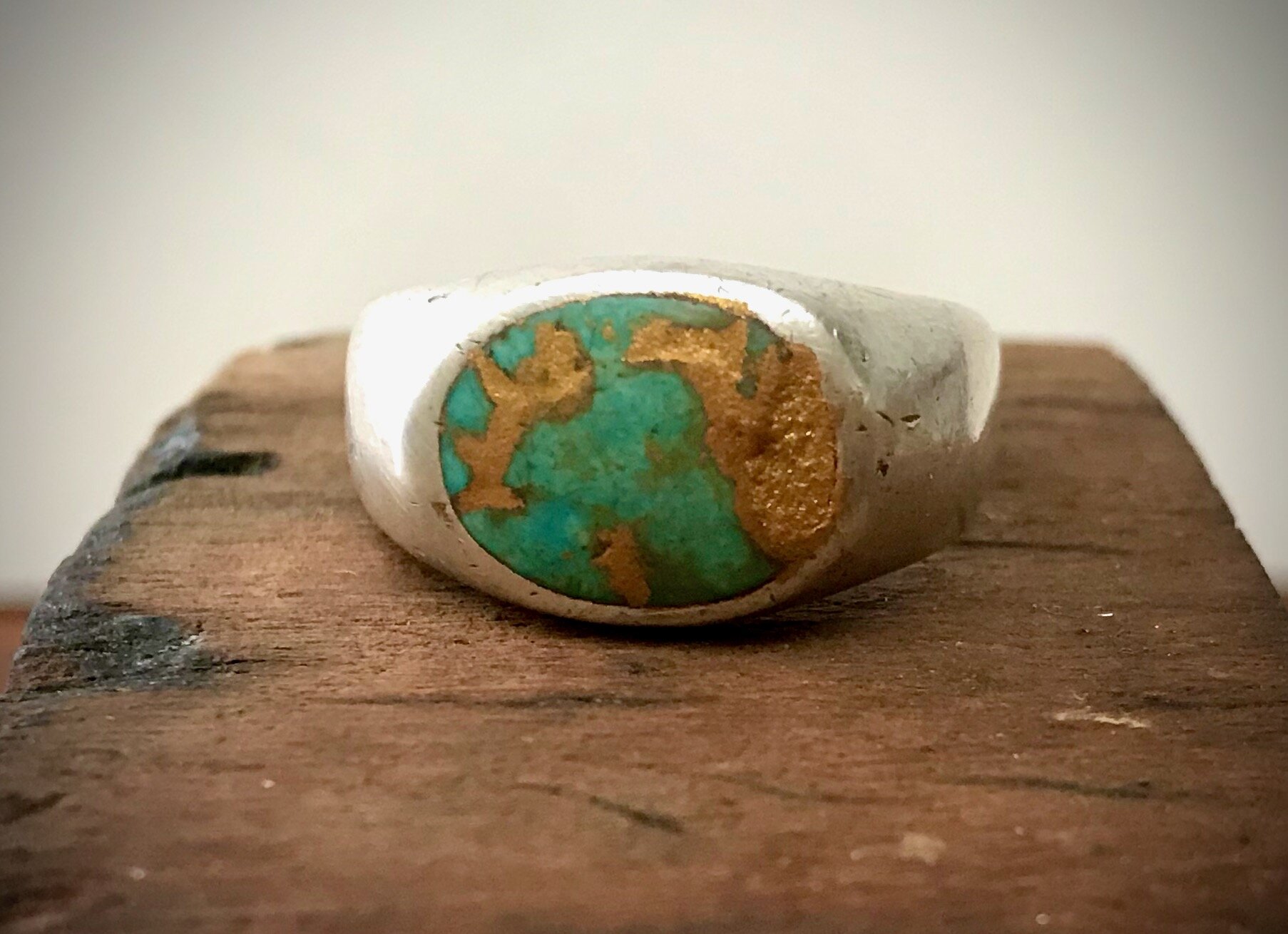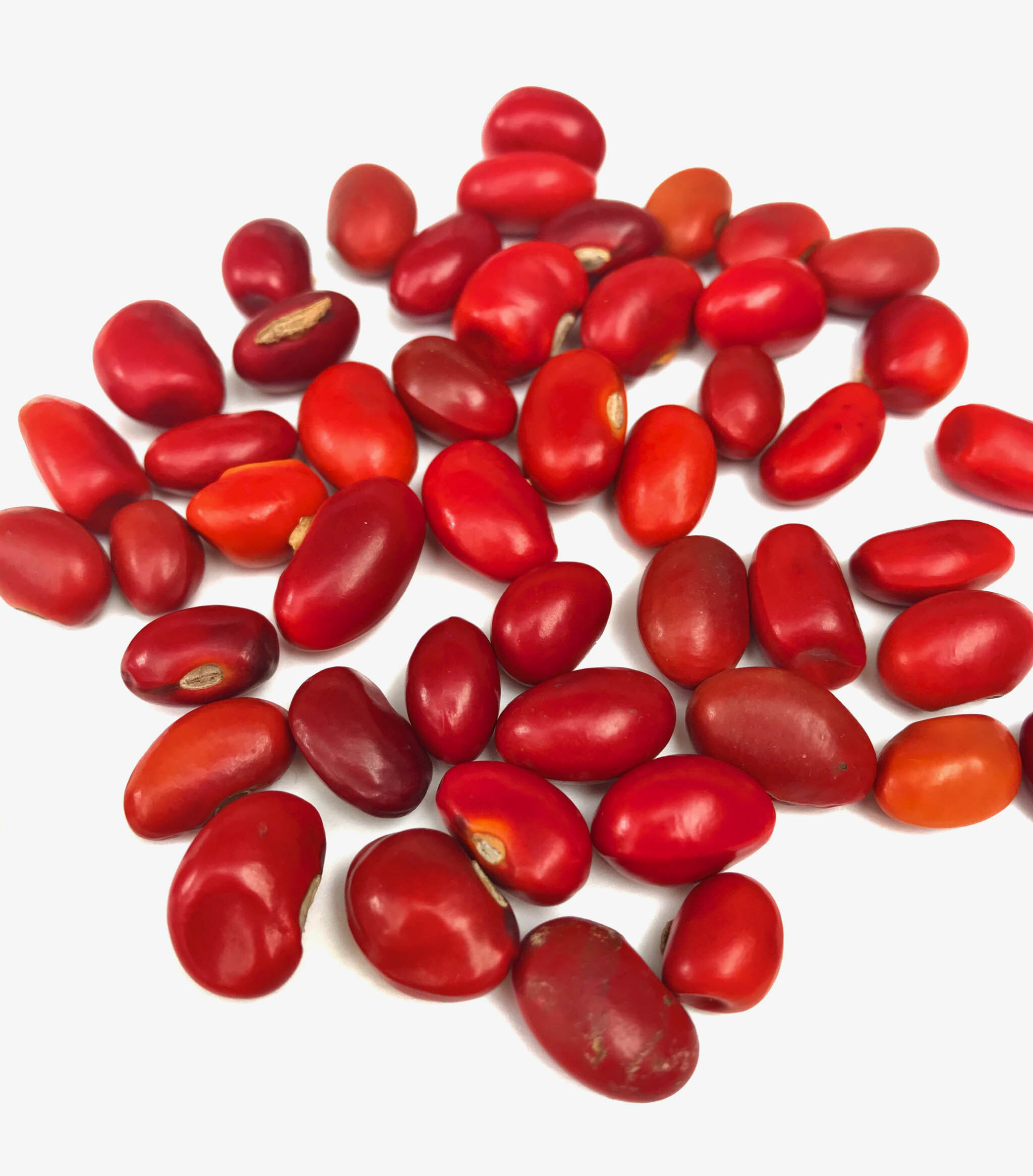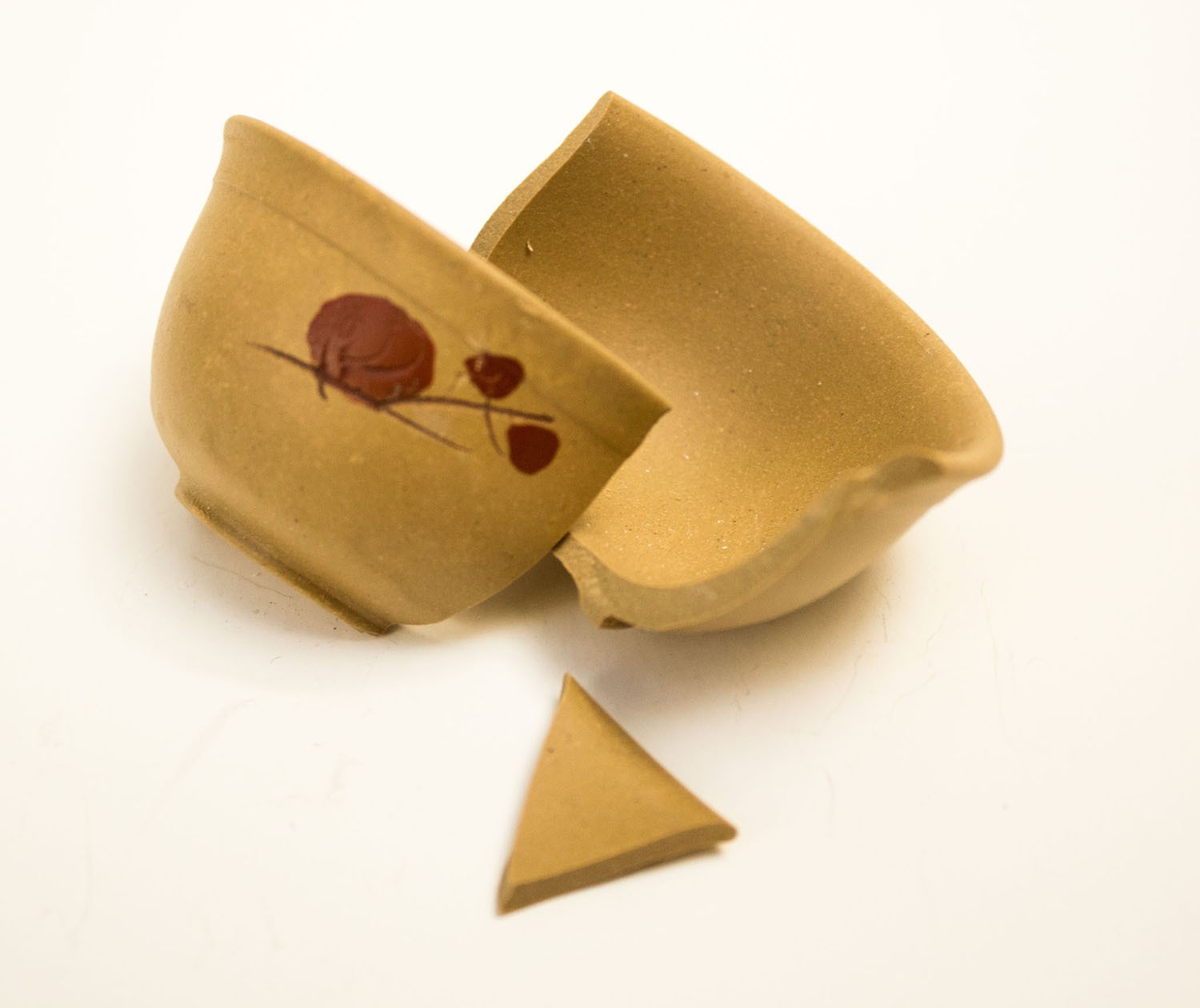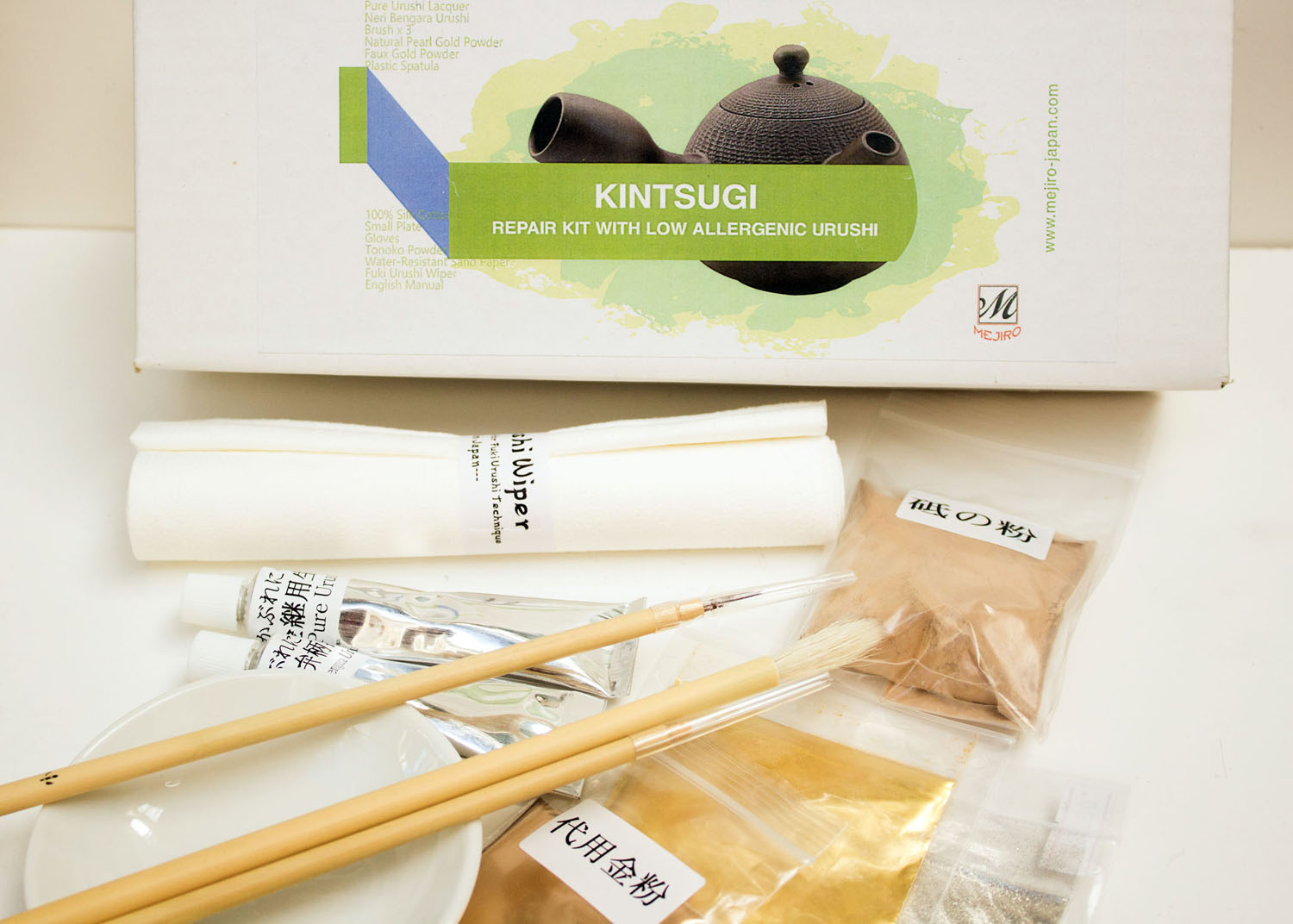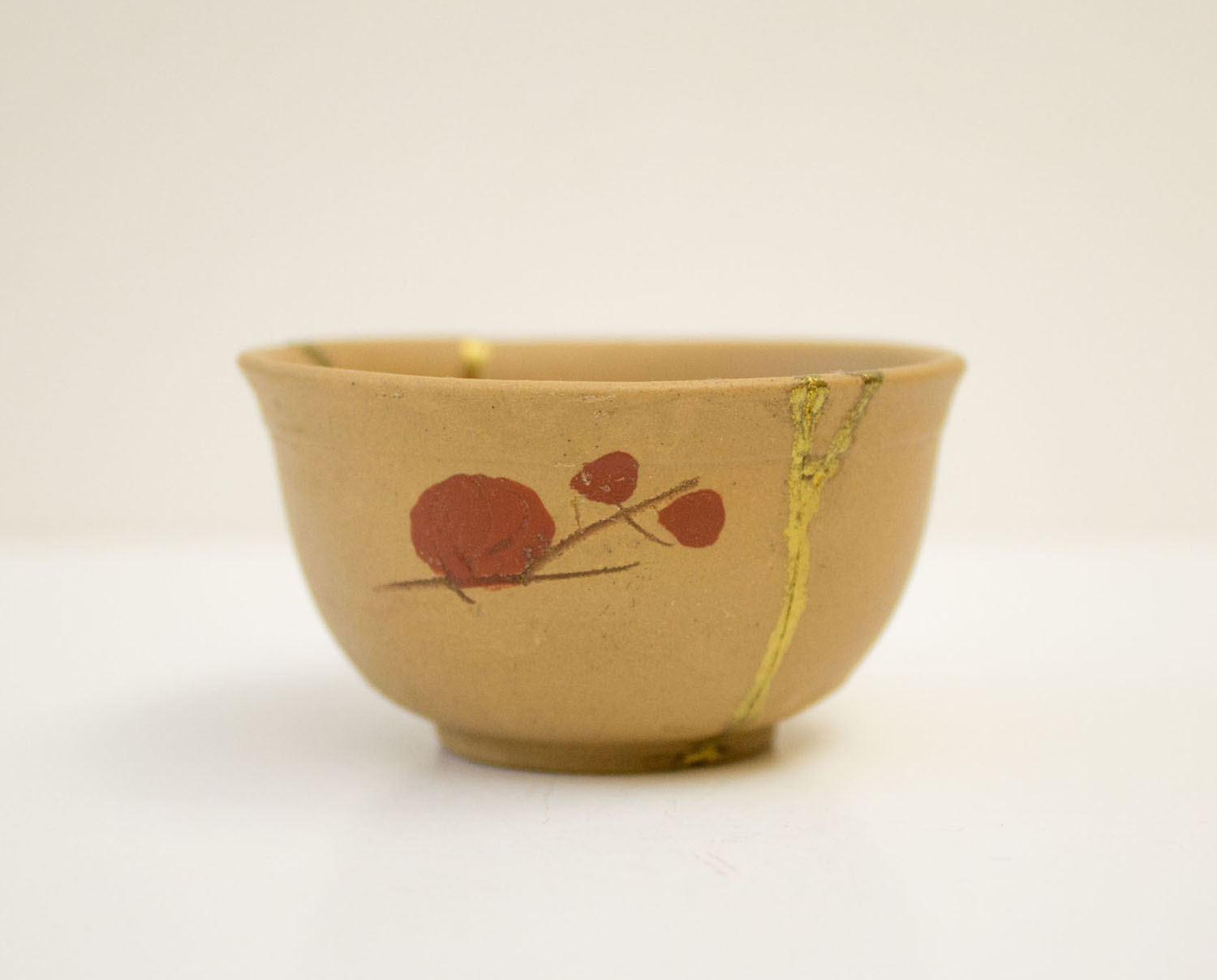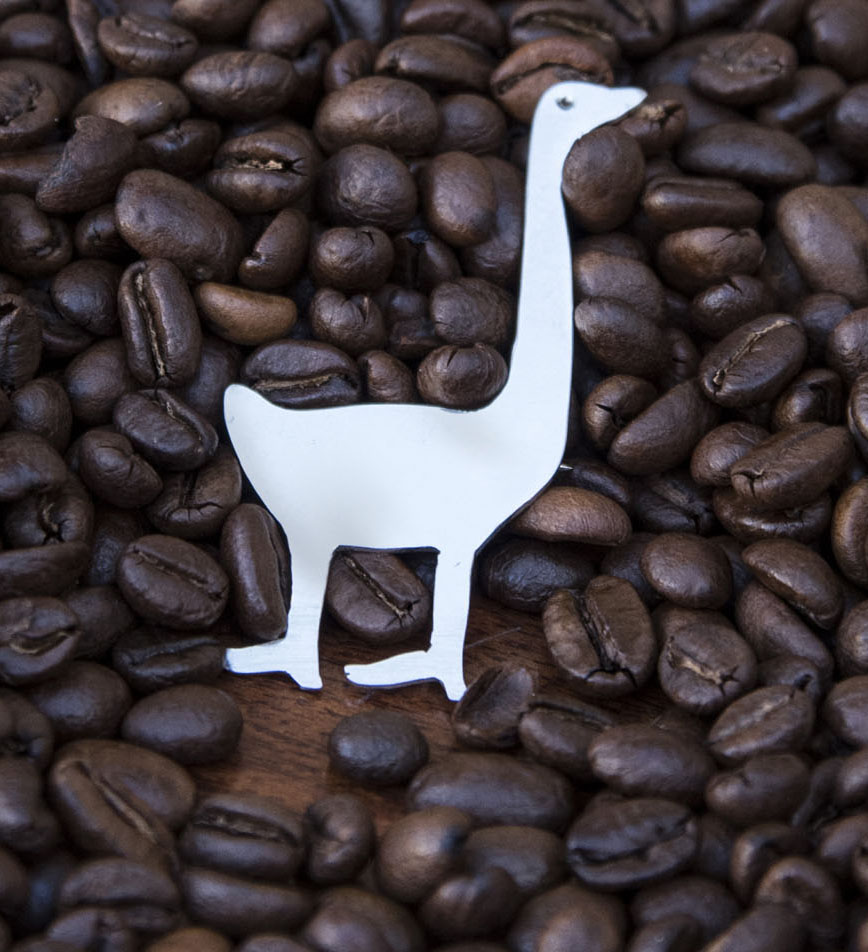What a huge step. Some months ago I decided I needed to know more about this amazing artform. With a lot of online research, inquiries through friends and strangers alike I found a course in Japan. The one I really wanted to do was unachievable right now – too much time and cost. But with perseverance I found an alternative – not so long and not as expensive. Still costly but hey your passion is worth it isn’t it?
I made the commitment, paid my deposit and started the months of planning to go to Japan and study with someone who I didn’t know, hadn’t met but who said he’d been practicing and teaching kintsugi for over 20 years. He’d lived in Japan for about 30 years and spoke English so a bonus really.
The lady in the currency exchange asked “do you know this person?”. “Um well noI dont’t but he seems reputable”. She said “internet scams you need to be careful”. I figured that if I got there and he wasn’t at the other end when I got off the bus I’d done my money. It was a risk I was prepared to take as he sounded genuine from this end.
I wasn’t disappointed. It was an amazing experience and one I do not regret doing nor paying that much money for. I got to stay in a ryokan, a traditional Japanese inn with the loveliest hostess who fed me the most amazing food every day. It was out in the country about 20kms from Nara a truly lovely small city with lots of interesting sights including their famous deer park.
I learnt so much from Dave my sensei. He is American and we had some little idiosyncrasies with language but he was an easy communicator and certainly knows his craft. He organised tools for me (over and above the ones that came with the course kit), gave me notes, worked me through the entire process though because of time constraints it wasn’t a start to finish process and we jumped around a bit. But so worthwhile.
His instructions were to bring 10-12 broken pieces of pottery which meant a bit of a rush around towards the end to get some broken pieces and to break a few too. But with the help of some local potters I ended up with some challenging and interesting projects to work on. Of the eight I took I finished three, four more in differing stages are on their way back and one project didn’t get started but we had discussions about how to manage that one now I’m home. Plus I bought a little antique cup with a chip in it – just because I loved it and that’s in progress now.
As some of the pieces needed more drying time they are on their way back now by post – plus I doubt I could have fitted them in my suitcase. I bought enough bits and pieces (mainly Japanese skin care and snacks) to take up any spare space.
I’ve put finished photos up on my kintsugi page and will post more when the rest arrive as I progress those projects.
I’m so looking forward to practicing what I’ve learnt and doing more repairs to give new life to special pieces for people who love kintsugi as much as I do.








